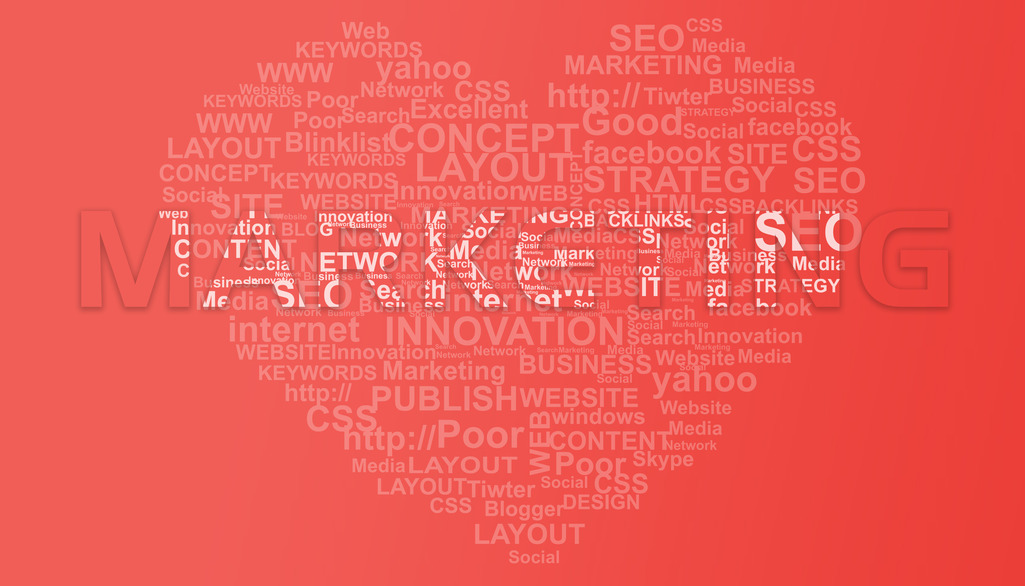Blog: Design Musings and Other Nonsense
We discuss design, business, web products and other miscellany.
All Websites are Marketing Projects

Clients often come to us with fantastic dreams of what they want their website to be. Whether it is leveraging the latest in web technology, or pushing the boundaries in web design, website projects can be fertile ground to flex some serious creative muscle. Of course, everyone wants their website to not only symbolize who they are, but also establish them as a leader in their industry. Even though websites can be a blank canvas to express creativity in all sorts of ways, it is important to keep the overall objective of any web project in mind.
It can be easy to get lost in all of the techie bits that make modern websites what they are. Between front-ends, back-ends, and the latest in interaction design techniques, websites can be a symphony of complex pieces. So complex, one could spend the better part of a decade getting good at any one of these items. And, because of this complexity, it can be easy to lose perspective of what a website project is all about. In the same way that the forest is hard to view through all those trees, it can be easy to get carried away by the complexity (or the coolness, if you are into such things) of any of these tools.
But, at the end of the day, what is a website for? At its core, a website is a communication tool. But, to communicate what? To communicate messaging around who a company is, what they offer, and why it is worthwhile for you to care. Some of this is done with words, but mostly it is done through the overall experience of the website. Everything from the design, to the interaction, to a myriad of tiny (and not so tiny) details conspires to create an experience. And, if you create a positive one, your website will thrive. If not, it won’t.
And, isn’t that what all of the fuss around building a great site is about? Of course it is. Any business wants to build a website that is effective. And, how do you measure effectiveness? The same way you measure any other marketing project. Perhaps that is in gross sales, perhaps it is in brand reputation, or even greater exposure and recognition. Whatever metric you put on it, though, you could use the same thing for practically any marketing project.
That is the “why” behind website projects. Of course, it is wonderful to create something beautiful, but personally, I would rather create something that was beautifully effective, something that combines beautiful design and an amazing experience, to create something truly special. Even though I enjoy design, commercial website projects have to serve the constraint of resource effectiveness. To put it another way, the website project has to generate value, in one way or another. Your client is giving you money to help them get more money (whether that is through sales, funding, a better market position, better exposure, etc.). You, as a successful designer/developer, are a resource multiplier. No company, well, almost no company, just builds a site to build it. The whole impetus behind the website project started with a need. As such, the website is not a thing in and of itself. It is a solution to a problem.
Keeping this in mind is critical for a healthy, effective project. After all, it is hard to hit a target you don’t know what it is. And, with the way personal taste, egos, biases, and all sorts of personality bugaboos collide during a typical website project, it is crucial to remember that you are all there to do the same thing. You are there to accomplish the goal, the “why” behind the project. The client wants something you can give them, and it is up to you to give it to them.
It has taken me a long time to come around to this way of thinking. I used to think websites were design projects first (whether it is visual, interaction, UX, CX, etc.). However, my opinion has evolved enough to realize that design is the tool we leverage to accomplish the real goal. The real goal of helping our clients be more successful, however they define it.
